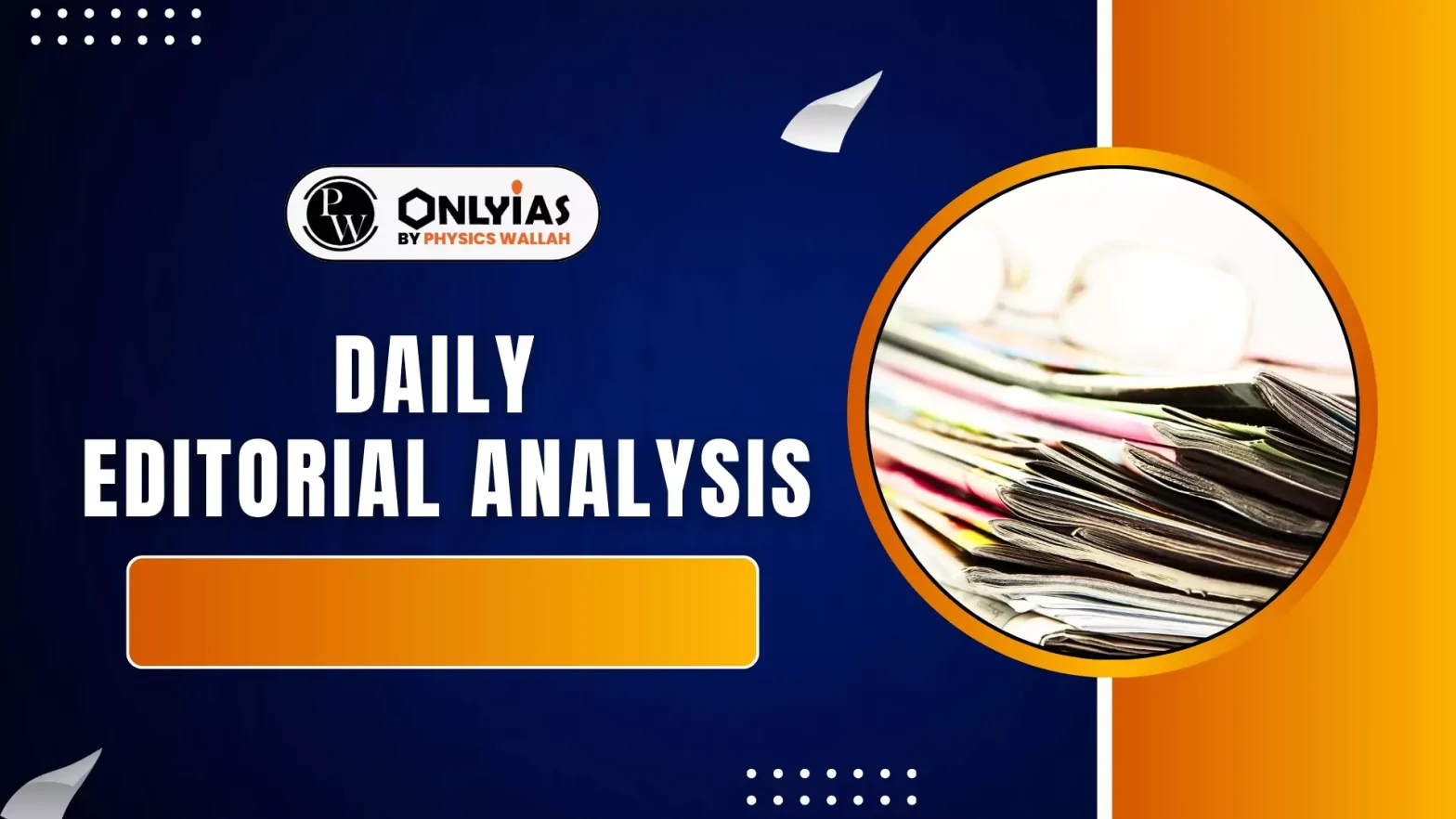The US government recently clarified rules regarding the H-1B visa, which is a key pathway for Indian students and professionals seeking to work in the United States.
Clarification by United States Citizenship and Immigration Services (USCIS)
- Existing H-1B holders exempt: The fee does not apply to those already holding valid H-1B visas or whose petitions were submitted before 21 September 2025.
- Change of status: Students on F-1 visas and professionals on L-1 visas seeking a change of status within the US are exempt.
- New hires outside the US: The fee applies only to new H-1B petitions filed from 21 September 2025 onwards for individuals outside the US without a valid visa.
- Other exceptions: Fee exemptions may be granted in extraordinary cases where the worker’s presence is in the national interest, no American worker is available, and payment would harm US interests.
Implications For India
- Relief by clarification: Existing visa holders and recent US graduates are not affected, providing relief to workers and employers while clarifying the scope of the fee.
- Decreased Interest: Fewer Indians are now eager to work in the US due to rising anti-immigrant sentiment and racism, where locals perceive immigrants as taking their jobs.
Challenges in Indian Higher Education
- Government Control: Universities are often heavily dependent on the government, leading to government control and interference. Research on ideas critical of the government is often discouraged.
- Funding Issues: There is a lack of philanthropic investment and charitable giving compared to US institutions.
- Weak Ecosystem: Indian universities often lack strong connections with industry, and the startup culture remains weak outside of select IITs.
- Bureaucracy and Corruption: Projects and research initiatives are often hampered by bureaucratic red tape and demands for commissions.
Brain Drain Phenomenon
- Double Loss for India: When students leave India to study and work in the US, India suffers a double loss.
- Firstly, the country loses its best students and talent, resulting in brain drain.
- Secondly, Indian money and foreign exchange reserves are spent on fees at top US universities, such as Stanford and MIT.
Way Forward
- Analogous Strategy: Just as US tech giants like Google are establishing major centers abroad, for example, a $15 billion AI center in Andhra Pradesh, top US universities should be encouraged to open their branches or campuses in India.
- Policy Support: The University Grants Commission (UGC) has now allowed foreign universities to open campuses in India, for example, Deakin University setting up a branch in Gujarat’s GIFT City.
- India’s Focus: The government must focus on providing incentives and collaborating with US universities to establish campuses in India. This strategy would bring the required academic ecosystem and expertise to India, keeping the nation’s financial resources and best talent within the country.
Conclusion
India must strengthen its higher education ecosystem to retain talent. Encouraging top global universities to set up campuses in India can ensure that talent and resources remain within the country.
![]() 23 Oct 2025
23 Oct 2025

